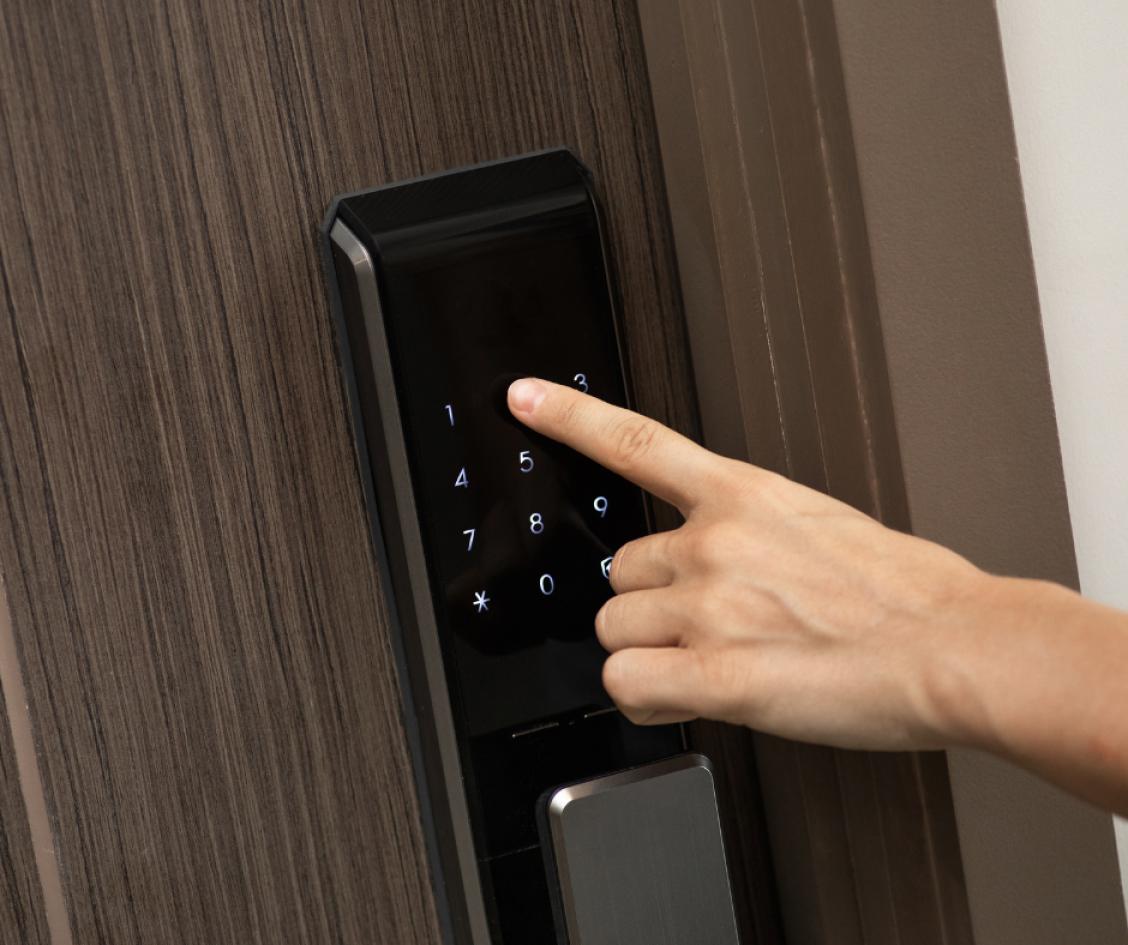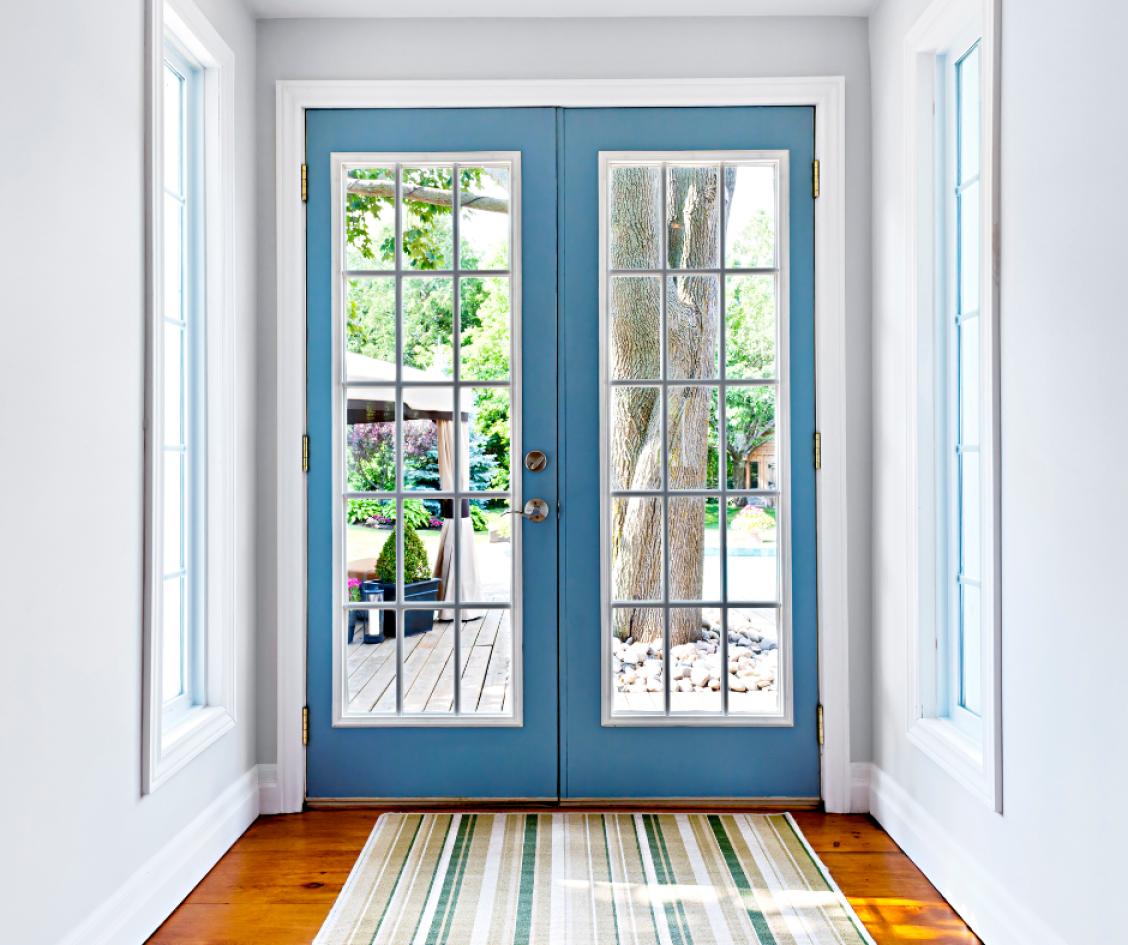The Latest Trends in Door Design: Contemporary Styles and Innovations

Doors serve as essential components and visual focus points in the constantly changing field of interior and external design. The evolution of contemporary door design has been astonishing, as seen by the multitude of trends that embody the marriage of style and innovation. Let's explore the newest trends influencing the appearance of doors in the contemporary period, from materials to finishes and cutting-edge features.
1. Sleek profiles and clean lines define minimalist elegance
Modern door design is defined by a move toward minimalism and an emphasis on smooth contours and clean lines. This style places a strong emphasis on minimalism, producing doors that are not only useful for their intended use but also add to the open, contemporary look of living areas.
2. Material Evolution: Durability and Adaptability
The field of door design is changing due to the use of modern materials. Because of their strength and adaptability, engineered materials like fiberglass and composite wood are becoming more and more popular. In addition, there's a rising focus on environmentally friendly options like bamboo and salvaged wood, which is in line with the growing demand for eco-friendly design principles.
3. Smart Technology Combination: Safety and Practicality
The incorporation of smart technology represents a paradigm shift in modern door design. Enhanced security and convenience are offered by smart doors that come with biometric, remote access control, and keyless entry technologies. This pattern illustrates how technology is becoming more and more integrated into the way we safeguard and interact with our homes.

4. Unusual Finishes: Statements Made of Concrete, Metal, and Leather
Cutting-edge door finishes transcend conventional materials. In modern design, doors with finishes like concrete, metal, or leather are making a strong statement. These out-of-the-ordinary selections not only display inventiveness but also give door surfaces distinctive textures and opulent accents.
5. Textured surfaces and matte finishes: understated sophistication
Modern door design has seen a major trend with the return of matte treatments. Matte surfaces are less glaring than their glossier counterparts, giving them a subtle elegance. A sophisticated look is enhanced by textured finishes, such as wood grains and embossed patterns, which provide depth and visual appeal.
6. Glass Elegance: Using Natural Light to Blur Boundaries
Glass is now a common element in modern door designs, going beyond typical windows. The lines separating internal and outdoor areas are subtly blurred by doors made of expansive glass panels. Options for tinted or frosted glass preserve privacy while optimizing the advantages of natural light in interior spaces.

7. Pivot Doors: Stunning Entryways featuring a Center Pivot Point
Pivot doors are back and better than ever, providing a grand and elegant entry. These doors, which are distinguished by a central pivot point as opposed to conventional hinges, enable bigger sizes and provide a dynamic element to the overall architectural composition, adding to the impression of grandeur.
8. Customization: Making Doors According to Personal Preferences
Customization is becoming a distinguishing feature of modern door design. Homeowners want for doors that showcase their unique tastes and styles. Doors are no longer generic features; instead, they are customized pieces that add to the distinct story of a space, from custom color selections to custom hardware and decoration.
A thorough investigation of minimalism, sustainability, technology, and personalization is demonstrated by the most recent developments in door design. Modern doors are expressive design features that add to the overall visual appeal and practicality of contemporary living and work environments. They are not only basic necessity.


